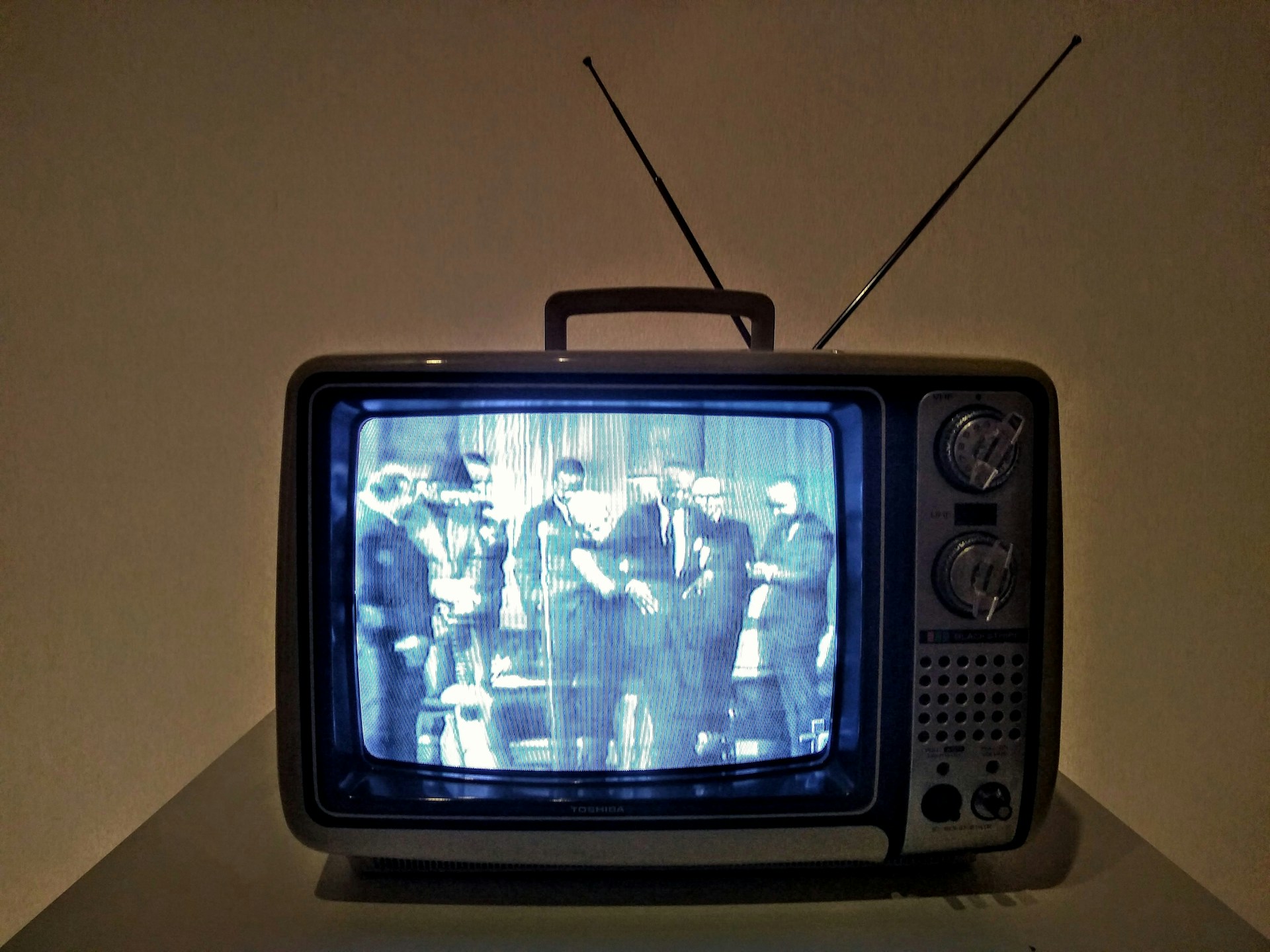
The Psychology Behind TV Advertising: Understanding Consumer Behavior
Television advertising is a powerful medium for influencing consumer behavior, but its effectiveness relies heavily on understanding the underlying psychological principles that drive viewer responses. By tapping into these principles, advertisers can create ads that resonate with audiences on a deeper level and ultimately drive desired actions. In this article, we’ll explore the psychological principles that influence viewer behavior, how to apply these principles to create effective ads, and examples of ads that successfully tap into consumer psychology.

How to Apply These Principles to Create Effective Ads
1. Evoke Emotion
Craft ads that tap into viewers’ emotions by telling compelling stories, using music and visuals to create mood, and triggering emotional responses related to the product or brand. Whether it’s humor, nostalgia, fear, or joy, choose emotions that align with your brand message and target audience.
2. Showcase Social Proof
Incorporate testimonials, endorsements, or user-generated content into your TV ads to provide social proof and build credibility. Highlight positive reviews, ratings, or endorsements from satisfied customers or influential figures to reassure viewers and encourage trust in your brand.
3. Exploit Cognitive Biases
Use cognitive biases to your advantage by framing your product or offer in a way that exploits common biases and decision-making shortcuts. Create a sense of urgency with limited-time offers or scarcity tactics, and anchor pricing or product features to make them seem more appealing.
4. Prime Viewers
Strategically prime viewers by associating your brand with positive attributes, imagery, or ideas that resonate with your target audience. Use visual and auditory cues to reinforce key brand messages and create associations that influence viewers’ perceptions and preferences.
5. Build Brand Familiarity
Maintain a consistent presence on television and reinforce key brand messages to build familiarity and preference among viewers. Utilize repetition, consistent branding elements, and memorable slogans or jingles to strengthen associations and ensure your brand stays top-of-mind.
Showcasing Product Quality
TV ads allow you to showcase your products or services in action. Demonstrating the quality and benefits of your offerings through visuals and testimonials can build trust with potential customers. Seeing your product in use can help viewers understand its value and reliability.
Building Emotional Connections
Emotions play a crucial role in building trust, and TV ads are uniquely positioned to create emotional connections. Whether it’s through a heartfelt story, humor, or inspiring visuals, TV ads can evoke emotions that resonate with viewers. These emotional connections can strengthen brand loyalty and trust over time.
Leveraging Influencer Endorsements
Partnering with influencers or celebrities for TV ads can enhance your brand’s credibility. When trusted personalities endorse your brand, their followers are more likely to trust and consider your products. This is especially
effective for reaching younger audiences who follow influencers closely.
Consistency and Frequency
Consistent and frequent TV advertising helps reinforce your brand message and build trust over time. Regularly appearing on TV keeps your brand top of mind and signals reliability. Consistency in your messaging and visuals across different ads also helps create a cohesive brand image.
High Production Values
High-quality production values in TV ads can enhance your brand’s perceived credibility. Professional visuals, sound, and storytelling demonstrate that your brand is serious and trustworthy. Investing in high-quality production can differentiate your brand from competitors and build trust with viewers.
Addressing Customer Concerns
TV ads provide a platform to address common customer concerns and questions. By proactively addressing potential issues and highlighting customer testimonials, you can build trust and reassure viewers about your brand’s reliability. Transparency and honesty in your ads can go a long way in building trust.

Examples of Ads that Successfully Tap into Consumer Psychology
1. Coca-Cola – “Share a Coke”
Coca-Cola’s “Share a Coke” campaign tapped into the psychological principle of social proof by personalizing Coke bottles with people’s names. By encouraging consumers to share photos of their personalized bottles on social media using the hashtag #ShareACoke, Coca-Cola created a sense of social validation and community around the brand.
2. Dove – “Real Beauty Sketches”
Dove’s “Real Beauty Sketches” campaign leveraged the emotional principle of self-esteem and social comparison by showcasing women’s perceptions of their own beauty. The powerful ad highlighted the gap between how women see themselves and how others perceive them, evoking empathy and challenging societal norms of beauty.
3. Apple – “1984”
Apple’s iconic “1984” commercial tapped into the psychological principle of rebellion and empowerment by portraying the brand as a disruptor challenging the status quo. The ad appealed to viewers’ desire for freedom and individuality, positioning Apple as a revolutionary force in the technology industry.
4. Volkswagen – “The Fun Theory”
Volkswagen’s “The Fun Theory” campaign demonstrated the psychological principle of gamification by using fun and playful experiences to encourage behavior change. The campaign included initiatives such as “The Piano Staircase” and “The Speed Camera Lottery,” which used gamified elements to promote healthier and safer behaviors.
5. Always – “Like a Girl”
Always’ “Like a Girl” campaign challenged gender stereotypes and tapped into the psychological principle of empowerment and identity. By redefining what it means to do something “like a girl,” the ad aimed to inspire confidence and self-esteem in young girls while challenging societal perceptions of femininity.
Conclusion
Understanding the psychology behind TV advertising is essential for creating ads that resonate with viewers and drive desired behaviors. By leveraging principles such as emotion, social proof, cognitive biases, priming, and brand familiarity, advertisers can create effective ads that capture attention, build brand affinity, and influence consumer behavior. Examples of ads like Coca-Cola’s “Share a Coke,” Dove’s “Real Beauty Sketches,” Apple’s “1984,” Volkswagen’s “The Fun Theory,” and Always’ “Like a Girl” demonstrate the power of tapping into consumer psychology to create impactful and memorable advertising campaigns. As advertisers continue to explore new ways to connect with audiences, a deep understanding of consumer psychology will remain a cornerstone of successful TV advertising strategies.




